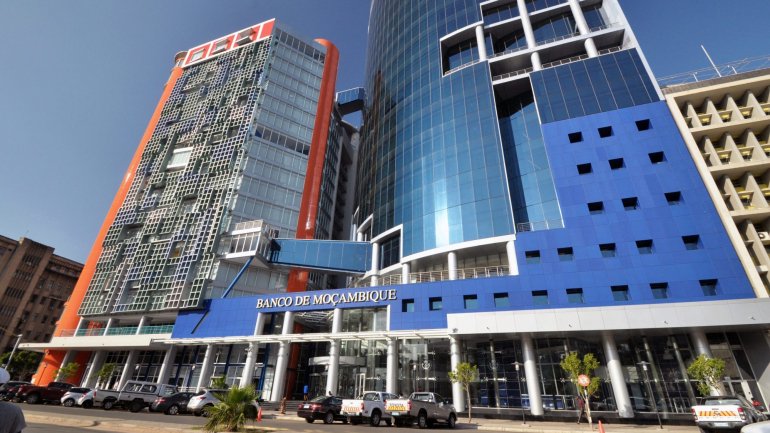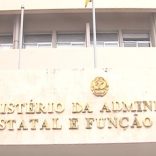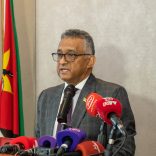Mozambique and Angola deepen economic and cultural cooperation
Mozambique: Businesses call for cut in mandatory reserves

File photo: Lusa
Mozambican businesspeople on Thursday pointed to a deficit of $400 million in foreign currency, which is causing delays in payments abroad, fines and shortfalls in invoicing, and called on the central bank to reduce the mandatory reserve ratio. According to data presented today at a press conference in Maputo by the Confederation of Economic Associations of Mozambique (CTA), unmet needs in imports or payments abroad ‘already amount to $400 million [€369 million]’ in 2024, due to ‘liquidity constraints’ of foreign currency in banks.
One of the explanations pointed out by the CTA is the high ratio of mandatory reserves that banks have to make, set at 39% for foreign currency by decision of the Bank of Mozambique more than a year ago.
The next Monetary Policy Committee meeting is scheduled for 31 July, and the CTA is calling for a reduction in this ratio to mitigate constraints.
“Yes, that’s our proposal,’ the vice-president of the CTA told Lusa at the press conference, saying that the measure would ‘help free up liquidity for the market”.
“In general, the lack of foreign currency on the market has constrained the process of paying invoices abroad,” emphasised Zuneid Calumia.
“As a result of the difficulties that economic agents have faced in making payments abroad, there have been problems such as the discrediting of Mozambican suppliers, fines for late payments, lack of stock, delays in the supply of services, delays in the dispatch of equipment to Mozambique, a drop in production and invoicing, a failure in the project construction schedule, an increase in the cost of implementation,” he pointed out.
The CTA detailed that the lack of liquidity in foreign currency is reflected in transactions on the interbank foreign exchange market, which has shown ‘a worrying trend with a sharp drop of 78.6% in the first quarter of 2024, compared to the previous year’.
According to the businessmen, from daily purchases and sales between banks of $37 million (€34.1 million), this movement currently doesn’t reach $5 million (€4.6 million), due to a lack of reserves.
They say the situation has already led to a 2.3% monthly drop in imports in January and February.
The CTA vice-president emphasised that “exporters, especially large projects, play a crucial role in generating export revenues”, but that, excluding them, “the analysis reveals that the coverage of exports over imports is significantly lower, highlighting a structural challenge in the supply of foreign currency”.
“Given this, everything indicates that Mozambique continues to be more of an importer than an exporter, with persistent deficits supported by alternative sources of foreign currency, such as foreign direct investments, external credits and international support,” he concluded.
Lusa reported this week that the International Monetary Fund (IMF) is in favour of reducing the ‘high’ reserve ratios demanded by the Bank of Mozambique from commercial banks to boost the economy, advising alternatives to absorb excess liquidity and the remuneration of these reserves.
“Reducing the high reserve requirements is essential to ease financial conditions. Although the Mozambican financial system has a structural liquidity surplus, the significant increases in reserve requirements in 2023 [from around 10% to 40%] (…) may have been greater than necessary to absorb excess liquidity,” according to the IMF’s report on the fourth evaluation of the Extended Credit Facility programme.
In the 12 months to the end of April, the volume of mandatory reserves held by Mozambican banks grew by 53.3%, an increase of 306% since the end of December 2022, when they totalled 62,144 million meticais (€900 million).













Leave a Reply
Be the First to Comment!
You must be logged in to post a comment.
You must be logged in to post a comment.